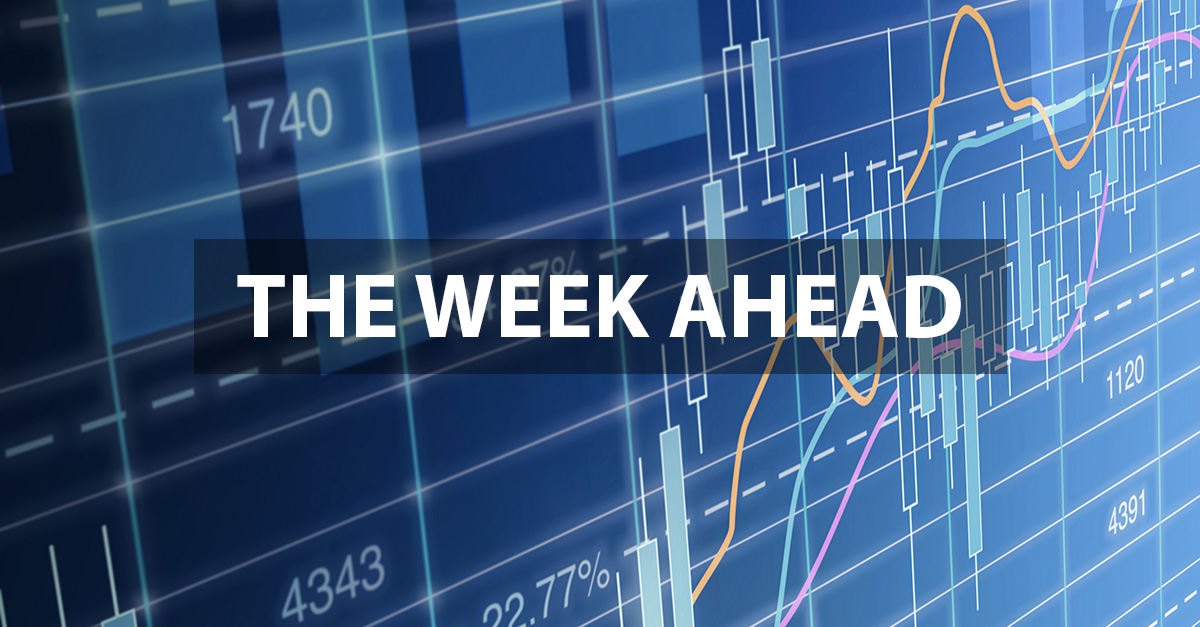Welcome to “The Week Ahead” where we take a moment to provide our thoughts on what we can expect in markets and the economy during the upcoming week.
Last Wednesday a thunderstorm flared up over parts of Los Angeles, bringing a rare summer sight of umbrellas and working windshield wipers to Southern California. The storm erupted suddenly just before noon, drifted southwest over Hollywood, Beverly Hills and Santa Monica before quickly exiting off the Malibu coast. July is the middle of the state's dry season and is the driest month, on average, in L.A. That's what made this thunderstorm so unusual.
Predicting markets can be a bit like predicting the weather. To be successful, you never want to be too precise. We make our assumptions, which reflect the prevailing data and level of confidence given all available factors, but sometimes you end up getting a surprise just like a thunderstorm in the driest month of the year.
Apart from the lightning, isolated Southern California thunderstorms in the summer can be problematic for less obvious reasons. After months of dry weather, motorists may be inexperienced driving on wet roads. Here too, the analogue to markets is interesting. After long periods of low volatility, investors may become inured by seeing consistent, steady returns. It’s important to remember that much like an unexpected July thunderstorm, market volatility is a natural phenomenon and the best course of action is to stay focused on your long-term objectives.
Next week is a busy week for economic data releases. While the Fed won’t be raising rates next week, it will be announcing its market views, which will surely have an effect as investors are very focused on the Fed’s next move. We also get several key indicators regarding the jobs picture, which have been very strong lately, and will most likely continue to be so into next year. The indicator I’m most interested in however, is the trade deficit. Based on trade data from the first five months of the year, it appears that real exports grew by 11% in the second quarter while imports didn’t grow at all. This could be the result of exporters scrambling to send merchandise abroad before it gets hit by tariffs. For investors, the key point to recognize is that it is probably not ‘real’ in an economic sense, and that this shift is most likely a temporary one.
Data deck for July 30 - August 3:
|
Date |
Indicator |
Period |
|
July 31 |
Employment cost index |
Q2 |
|
July 31 |
Personal incomes |
June |
|
July 31 |
Consumer spending |
June |
|
July 31 |
Core inflation |
June |
|
July 31 |
Case-Shiller home price index |
May |
|
July 31 |
Chicago PMI |
July |
|
July 31 |
Consumer confidence index |
July |
|
Aug 1 |
ADP employment |
July |
|
Aug 1 |
Markit manufacturing PMI |
July |
|
Aug 1 |
ISM manufacturing index |
July |
|
Aug 1 |
Construction spending |
June |
|
Aug 1 |
FOMC announcement |
|
|
Aug 1 |
Motor vehicle sales |
July |
|
Aug 2 |
Weekly jobless claims |
7/28 |
|
Aug 2 |
Factory orders |
June |
|
Aug 3 |
Nonfarm payrolls |
July |
|
Aug 3 |
Unemployment rate |
July |
|
Aug 3 |
Average hourly earnings |
July |
|
Aug 3 |
Trade deficit |
June |
|
Aug 3 |
Markit services PMI |
July |
|
Aug 3 |
ISM nonmanufacturing index |
July |




